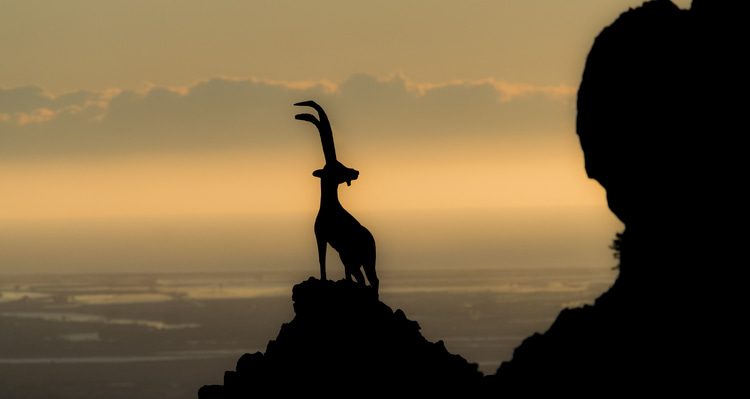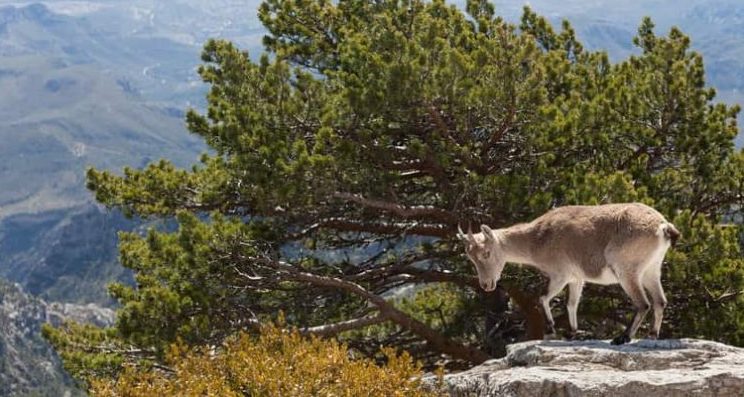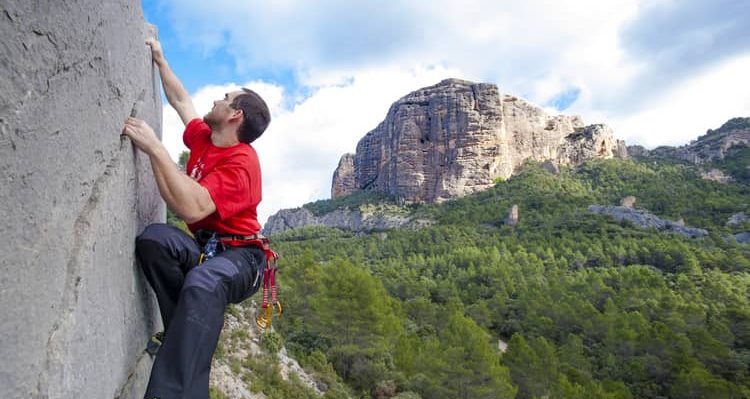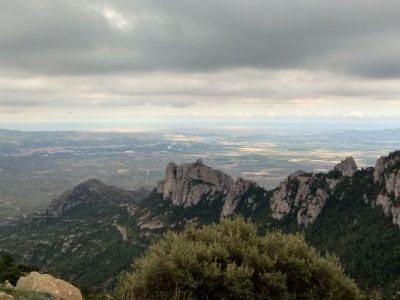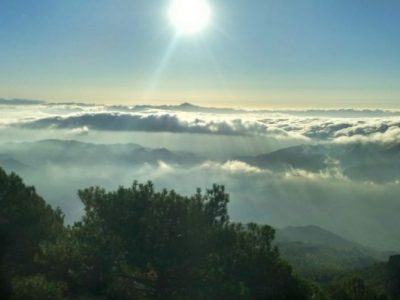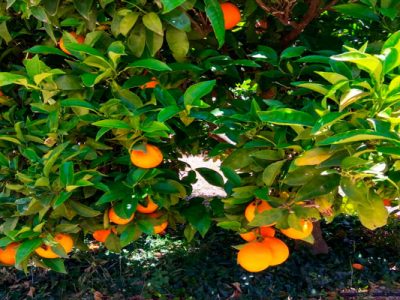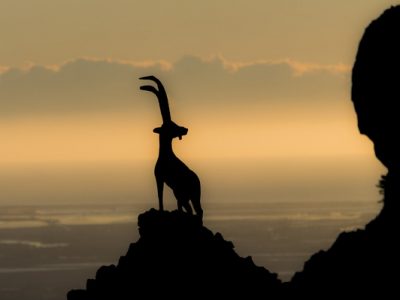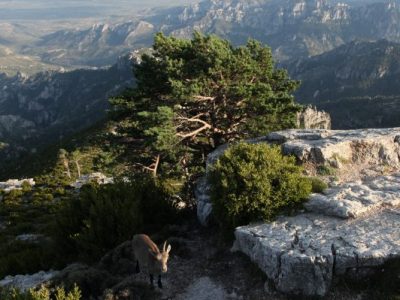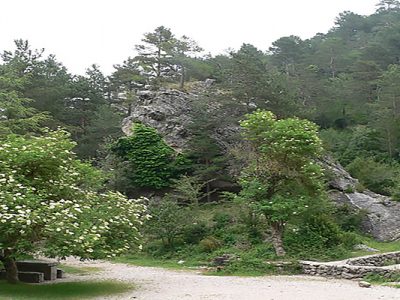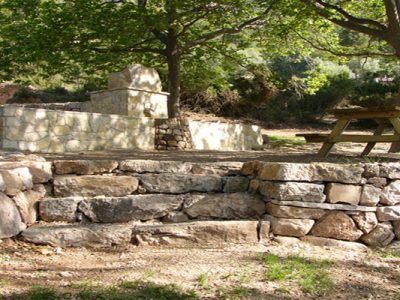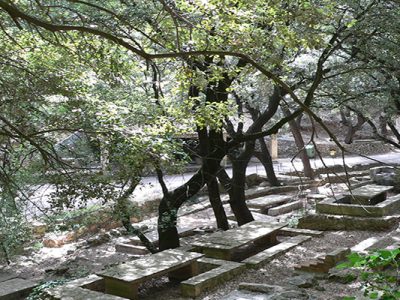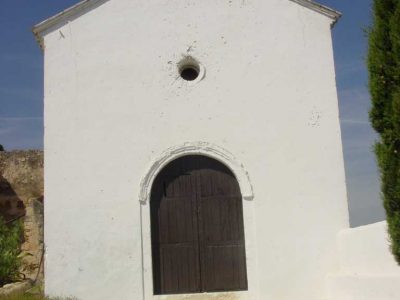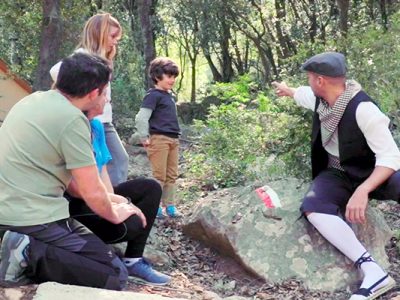Description
Els Ports of Tortosa, about 800 km² of natural fascination, unites the Iberian system with the Catalan pre-coastal mountain range and includes the Baix Ebre, the Baix Maestrat, the Matarraña, the Montsià and the Terra Alta.
Caro (1447 m) is the highest peak. The natural park of Els Ports, the largest in Catalonia after the Cadí-Moixeró, covers 35,051 hectares and covers the eight municipalities of the Catalan part, certified with the seal "Natura i muntanya en família". It was created by decree of the Generalitat de Catalunya on June 12, 2001.
The vegetation is very varied (Nordic, African and Mediterranean species). The flora shows endemism (more than 1,300 species of higher plants). The mud zones, among the southernmost of Europe, enjoy special protection (867 ha). Among the oddities are the carnivorous Pinguicola Dertosensis.
The wild goat is the most representative animal among mammals (about 6,000) and Els Ports de Tortosa-Beseit, the most important state hunting reserve. Among the birds are important the eagles and vultures. There are about fifteen ichthyological species and more than 50% of the reptiles and amphibians in Catalonia are represented.
Els Ports are ideal for hiking (GR-7, GR-8, GR-171), spelunking and climbing. The rugged geography and extension means that the routes are distributed throughout the five regions. In the Baix Ebre you have to see: the Caragol, with the monument to the Hispanic Capra, the Regatxol and the Mola de Catí, of Tortosa; Caro, Cova Avellanes and the Ecomuseum of the Port, of Roquetes; the Toscà, of Alfara de Carles, and Sant Roc, of Paüls.
Already in the Terra Alta, passed Aldover and Xerta, the Fontcalda, in the term of Gandesa, by Prat de Comte; the Franqueta and the Ecomuseum of Horta de Sant Joan and the Estrets d'Arnes. The route through the Matarraña region continues towards the Parrizal de Beceite and the Pena reservoir that the latter shares with Valderrobres. We finish on the rocks of the Mas Mut de Pena-roja de Tastavins.
The southern part offers beautiful panoramic views from the Mas de Barberans, with the Pauma Museum. In the Sénia, known for its ecomuseum and the airfield, highlights the ravine Fou and the Retaule. Direction to the Tinença, the route is complemented by the fountains of Sant Pere, the Cova dels Rosegadors, the marsh of Ulldecona, the Pobla de Benifassà with the convent of the same name.
